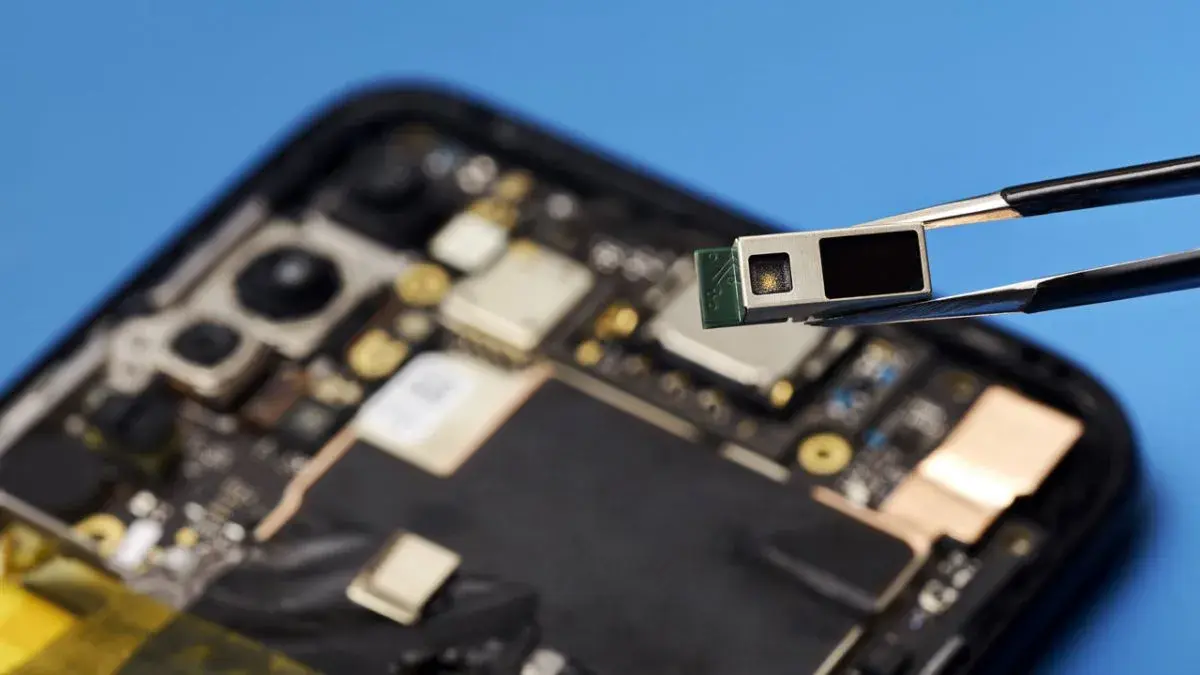Proponents boast that 802.11bb is 100 times faster than Wi-Fi and more secure.

Isn’t WiFi technically light based? It’s all just electromagnetic radiation

Radio.

Radio and light are the same thing from a physics standpoint, just different ranges of electromagnetic spectrum.
So phones and communication towers are basically flashlights blinking at each other using invisible light, to which walls/buildings and stuff are translucent :)
Or like x-ray is pretty much a camera flash that can shine through bodies.

Eh. It’s less radio transmitters are like flashlights more flashlights are transmitters.

Buildings and stuff aren’t all that translucent to radio waves. You can’t just point two radios at each other with a building between them and expect them to “see” each other. They can bounce and reflect off them like light would off mirrors and reflective surfaces and even be bent by changes in the atmosphere itself, though.
A powerful enough radio, though, is kinda like when you can see light shining through your arm if you hold a flashlight to it.

That’s why I didn’t use “transparent”. Translucent is exactly what they are though, with wood being more see-through and concrete less so. But a regular concrete wall still lets enough through not to drop most connections.

One time, we had remotes for televisions. We hated having to point them to get line of sight.
Did you know that some of the older Gameboys had this? I think it was the Gameboy color. Instead of a link cable, you’d just point two Gameboys at each other, and… Well, they had to be on a level surface like a table. And also you basically couldn’t ever move them or touch them, which was strange for a handheld. …annnnd it basically didn’t work. Ever. So Wi-Fi was pretty good!
But no, let’s go and use line of sight tech, that seems like a great idea!
I kid, I kid. I’m sure it works fine enough within its limitations for a certain purpose, I just can’t help but joke about making these connections.

@wave_walnut the gameboy color infrared communication was basically the amiibo of the 90s. You could transmit a tiny amount of data and that’s it. In Pokémon for example, just trading pokemon was too much of infared. But you could give someone a mystery gift.

It’s THAT why I never got it to work? I always figured it was because it was a steaming pile of garbage and was actually just half baked tech on the same level as the NES and would just break and that was that. I still have my GBC somewhere and probably my Pokemon yellow cartridge in some box somewhere, hopefully without batteries still in it 😬 I should see if anybody else I know has one and try to get it to work with something very low data.

Before radio controllers got dirt-cheap, external camera flashes could be controlled by a very weak flash from your on-camera flash. (Strong enough to be recognized by the other flash, too weak to affect the photo.)
I had a tricky shot once, and I had to reflect the weak flash to the external flash with a mirror. Ha ha.
So yeah… line of sight data transmission sucks except between tall towers.

Kinda curious what the actual use cases for this are. It’s not going to replace consumer wi-fi, since walls exist. And we already have light-based transmission within cables (fiber-optic networking). So, is this supposed to provide fast networking to locations where installing fiber isn’t feasible? What’s the effective range on this?

Maybe it can be emitted from different light sources around your house

Having this as your home Network would even prevent you from scrolling lemmy the wholr night in your darkk bedroom

It’s infrared

Won’t light based wi-fi have problems penetrating walls? I did not see that point brought up in the article.

Its sort of indirectly mentioned when they mention the security benefits of lifi, as in order to effectively have access to it, you would need access to the room.
The tech isnt meant to completely replace wifi, it just jas some benefits in certain use cases over wifi.

It was brought up in the article as better security.
“Moreover “Light’s line-of-sight propagation enhances security by preventing wall penetration, reducing jamming and eavesdropping risks, and enabling centimetre-precision indoor navigation,” says Shultz.”

Pretty cool, especially considering how it’s been shown that WiFi can be used to pretty accurately determine the position and number of people in a room with AI.

I dont have problems with speed, i have problems with range…


